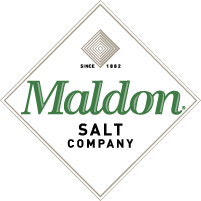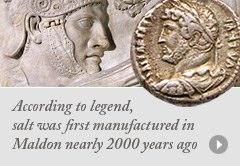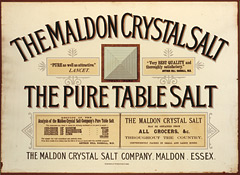- navigation
- home
- products
- the story
- recipes
- about salt
- contact us
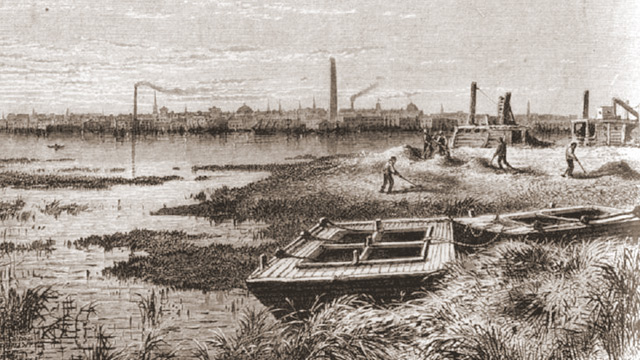
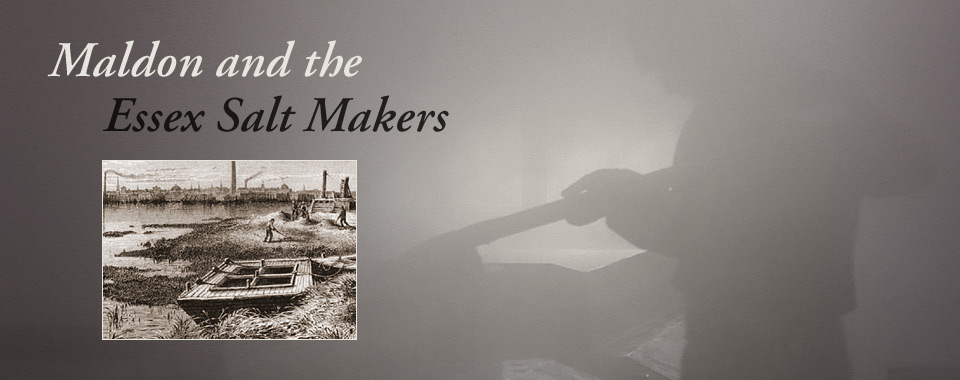
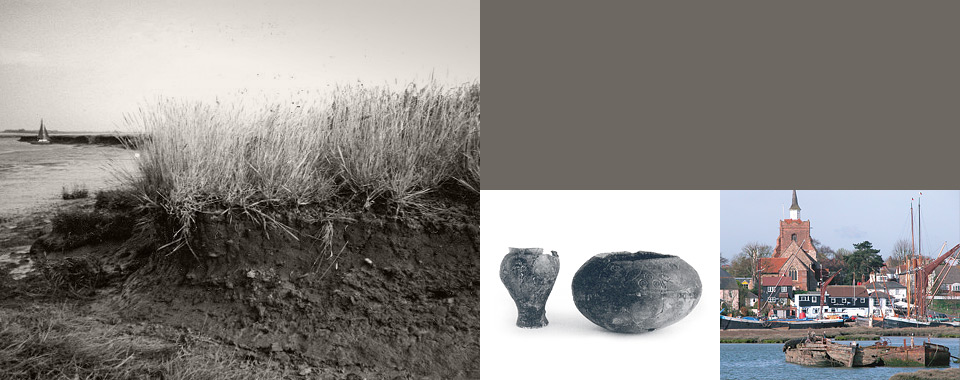
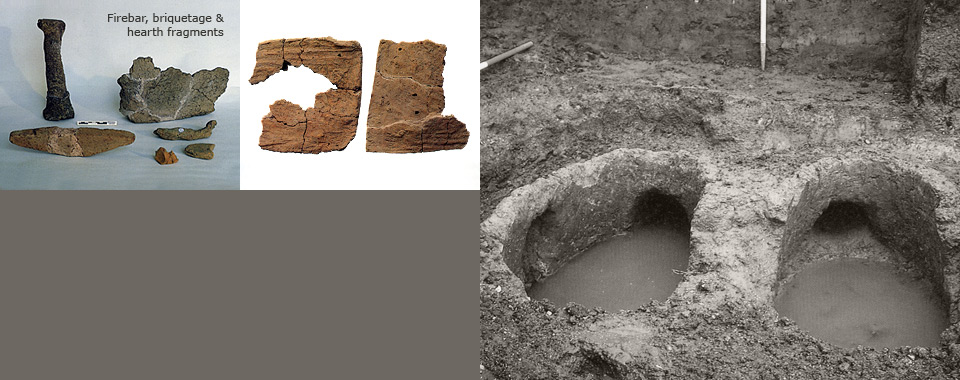
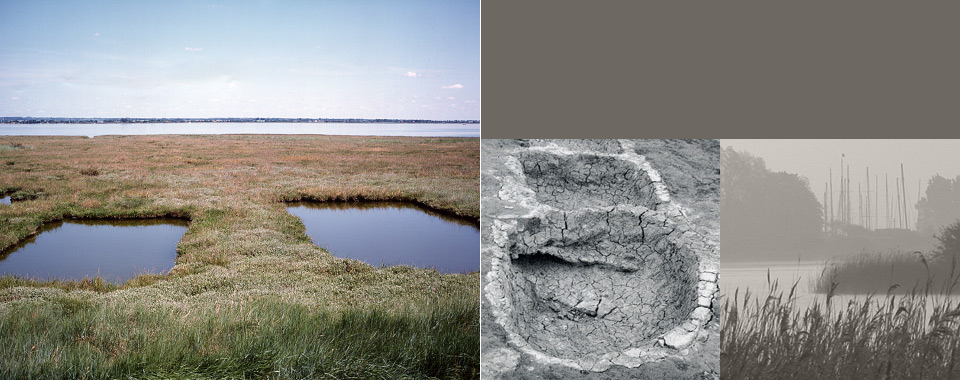
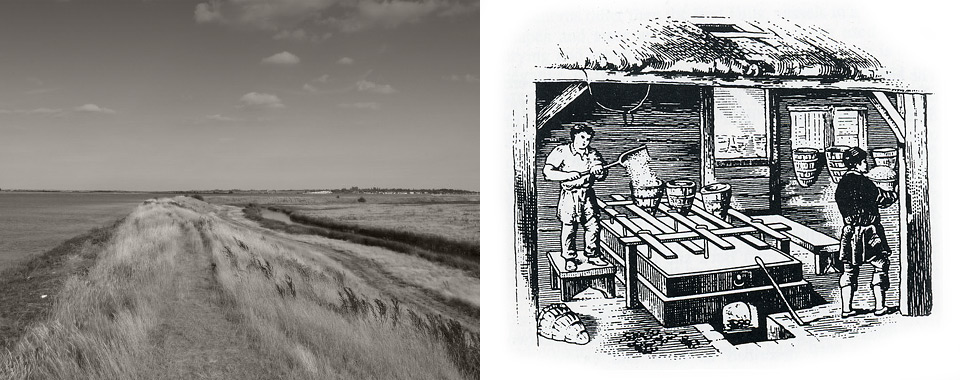
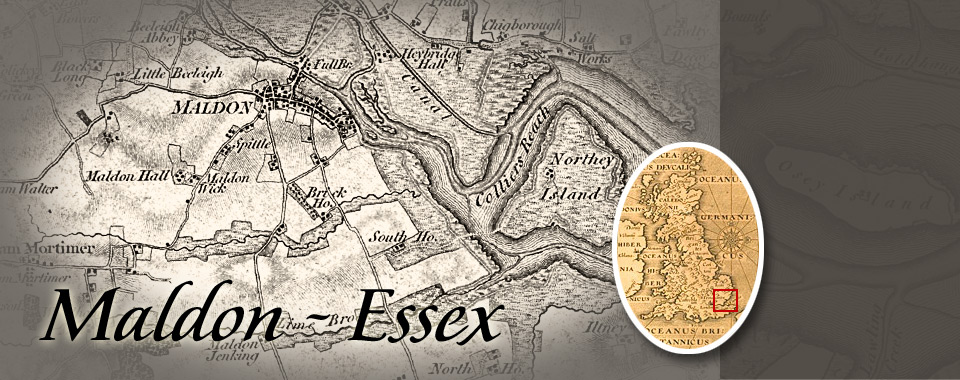


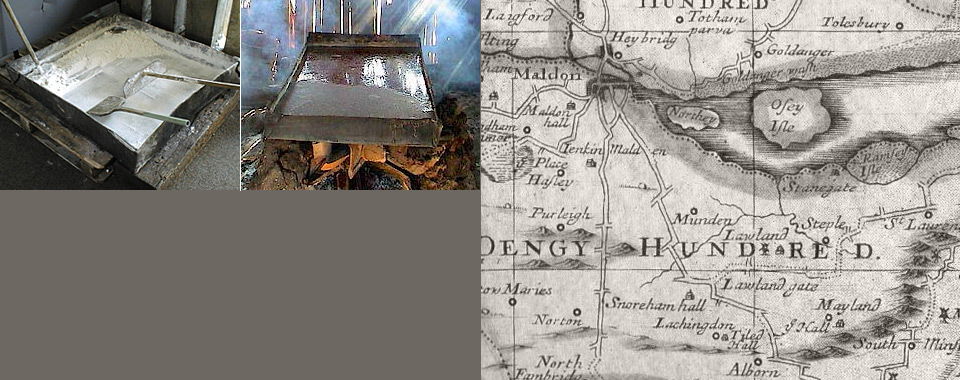
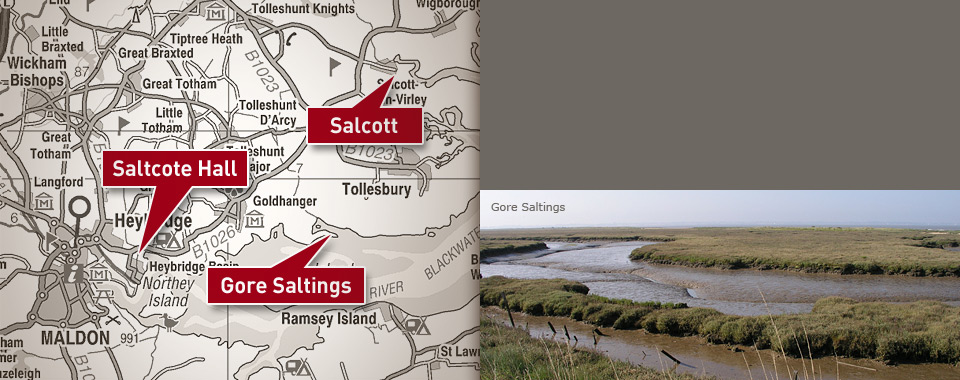
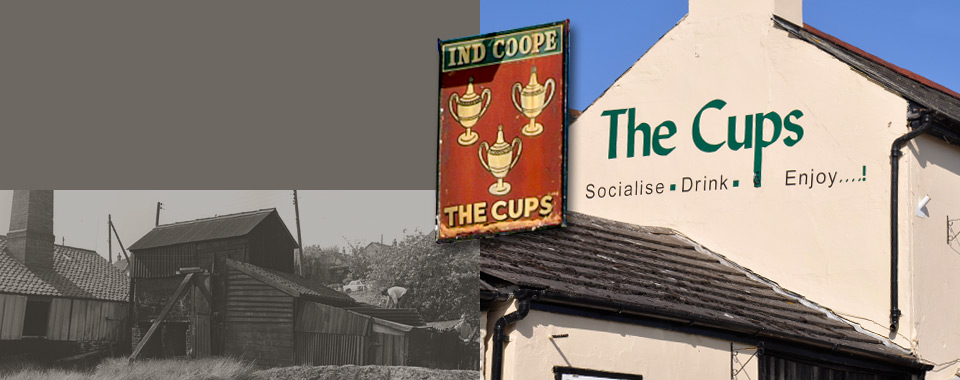
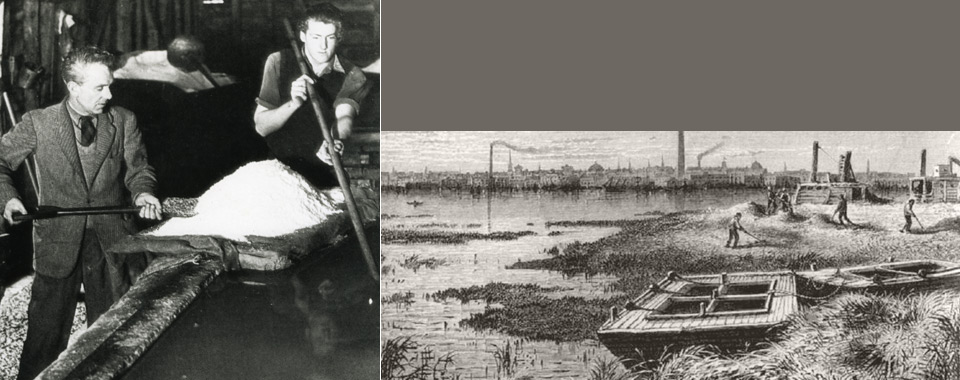
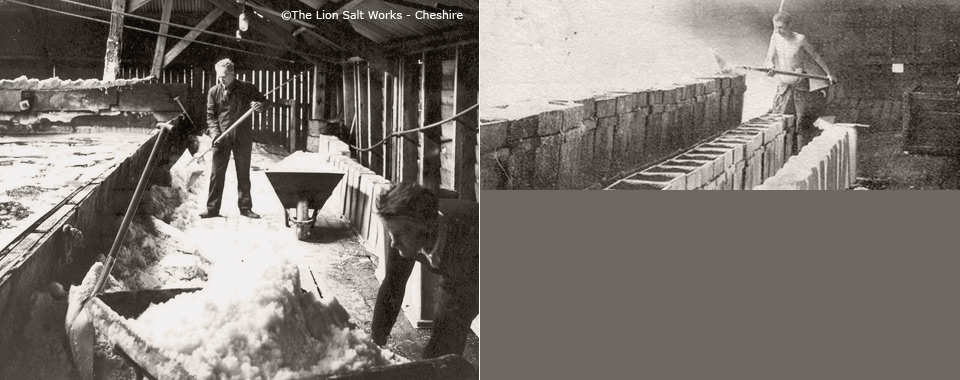
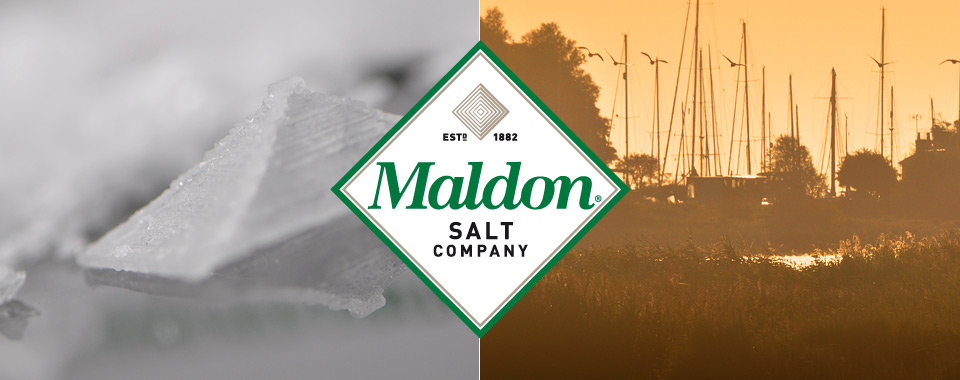
Head back into history and the Essex coast was alive with salt making. At least 2,000 years ago, seawater was being partially evaporated and then heated in clay pots over open fires. When the water had gone, the pots were broken open to reveal the precious result: salt. Opening a distinctive Maldon box today is somewhat easier.
By the Domesday Book, 45 salt pans were operating in the Maldon area and hundreds more across Essex as a whole. Salt turns up in place names across the county, the Guild of Saltmakers was founded in 1394 and its sign, the three cups, is still seen in Essex.
But like so many good things, saltmaking was taxed and, eventually, taxed almost out of existence. Except that is for Maldon, the last survivor of the Essex saltmakers and proud standard bearer of traditional high quality salt making.
THE STORY
RECIPES
